What does laser mean on a radar detector? When a radar detector flashes a “laser” warning, many drivers instantly tense up – not only does it mean that there is a speed measuring device ahead, but it also suggests a surveillance method that is much more difficult to avoid than traditional radar. Not only does it imply the presence of a speed measuring device ahead, but it also suggests a means of surveillance that is much more difficult to avoid than traditional radar. Understanding the technical logic behind this logo is a must for every car owner to avoid speeding tickets.
First, laser speed measurement: accurate and deadly “traffic police”
Laser speed detector (LIDAR) through the launch of infrared laser beams to measure the speed of vehicles, its working principle and radar (microwave) is very different. This device can lock the target in 0.3 seconds, accuracy of ± 1 km / h, and effective distance of 1 kilometer, especially suitable for mobile speed measurement. More fatal is that the laser beam is a straight line propagation, almost no beam spread, so that the traditional radar detector is difficult to capture the warning signal.
Technical characteristics:
Narrow beam focus: covers only a single lane, requires precise targeting of vehicles
Instantaneous response: milliseconds from launch to completion of speed measurement
Strong concealment: infrared laser invisible to the naked eye, often with a tripod camouflaged as ordinary equipment
Second, why is the radar detector separately labeled “laser”?
Independent detection module
Mainstream detectors capture laser pulses through a dedicated photoelectric sensor, and radar band (such as Ka, K, X) detection circuit is completely separate. When the system recognizes an infrared laser of a specific wavelength (usually 904nm), it immediately triggers a separate warning channel.
Difference in warning timeliness
Radar speed waves can be detected hundreds of meters in advance, while laser speed measurement often triggers the warning only within 50-100 meters due to the lack of beam spreading. At this time, even if the emergency brake is applied, the reaction time may be insufficient, resulting in speeding.
Anti-jamming design
Some high-end detectors use “laser eye” technology to avoid false alarms (e.g. daylight reflection, LED light interference) by cross-checking signals from multiple sensors.
Survival Guide for Drivers
Active Defense Strategy
Stay alert: actively slow down to below the speed limit on complex roadways (e.g., curves, bridges).
Upgrade equipment: Choose detectors with laser frequency shift recognition technology to reduce false alarms and omissions.
Auxiliary Observation: Watch out for abnormally parked vehicles or people with hand-held devices on the side of the road.
Physical Avoidance Techniques
Change vehicle profile: Install matte license plate frames to reduce reflections (be aware of regulatory restrictions)
Adjust sitting position: lower the height of the driver’s seat to reduce the probability of the head being locked by the laser beam.
Legal Misconceptions
Some drivers believe that “instantaneous speeding will not be captured by the laser”, but in fact, the laser speed detector adopts the “instantaneous speed measurement method”, and any speed exceeding the speed limit threshold will be recorded.
Fourth, the evolution of technology brings new challenges
With the traffic police equipment upgrades, the emergence of laser and radar speed integration of “dual-mode equipment”, as well as automatic tracking vehicle “laser gun”. This means that drivers in the future will need smarter defense solutions, for example:
Telematics alerts: sharing real-time speed spot data via the cloud
Multi-sensor fusion: combining GPS and cameras for advanced warning.
Regulatory compliance: some jurisdictions have already legislated against laser speed jamming devices.
The “laser” warning on radar detectors is essentially a front-line signal in the arms race of modern traffic enforcement technology. Understanding the technological game behind them can help drivers build a safer driving strategy than relying solely on the device. Remember: the most reliable “detector” is always the driver’s fear of the rules.

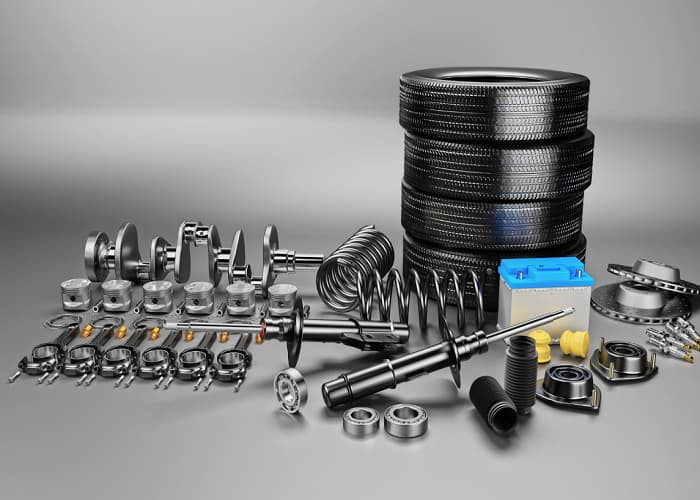

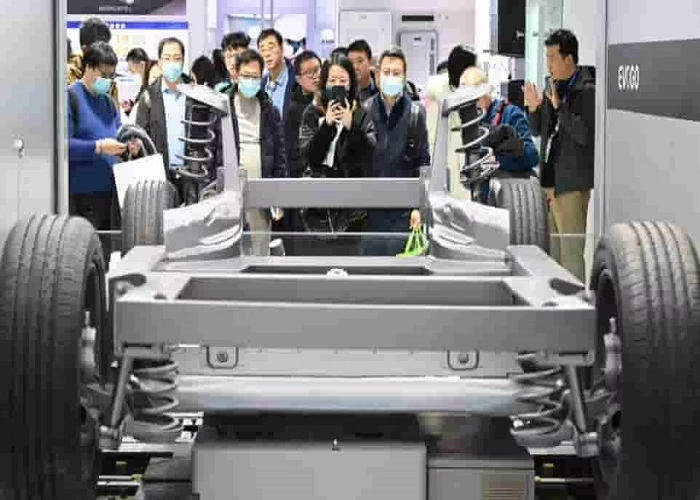
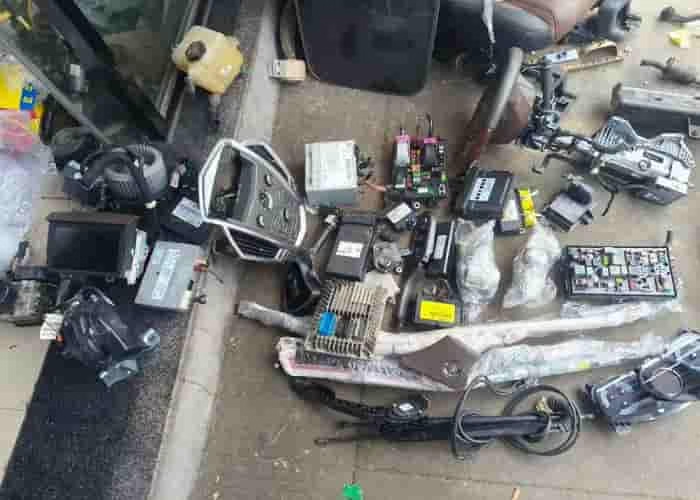


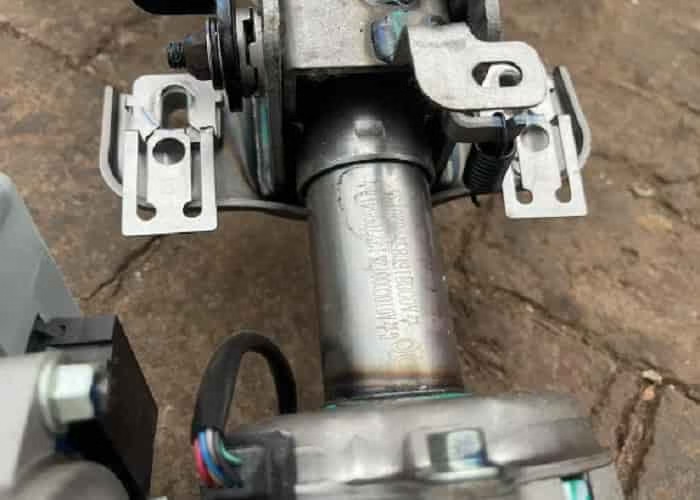
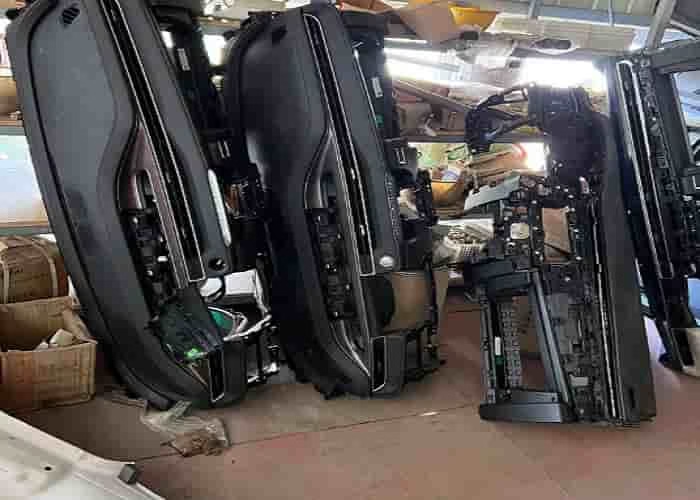







Leave a Reply